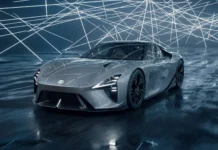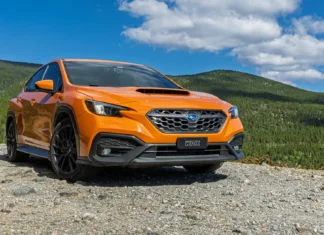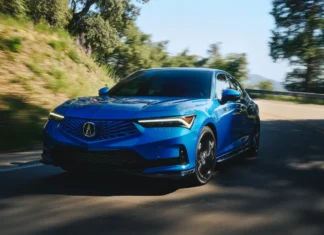Electric cars are a critical part of our automotive future.
Whether or not you’re ready to make the jump to fully electric driving, EVs are becoming more of a mainstay on the roads. As the cars become more popular, fortunately the infrastructure has been growing to support them. At least in certain areas of the U.S., finding a charging station is no more complicated than finding the nearest gas station. Home chargers also allow owners to charge up their cars overnight. It’s a process that looks incredibly easy on the surface, but is it really that simple? As Tommy explains in this latest video, it’s not always as straightforward as you might think.
Different standards, different rules
We’re all accustomed to living with conventional cars and trucks. They all either run on gasoline or diesel, and it’s the same process to fill up no matter which vehicle we buy. So you’d expect the same process with an electric car, right? Well, that’s not always the case. Now, there is a general standard for EV chargers called the SAE J1772 standard that establishes how a charging station links up to and communicates with a vehicle. Most electric cars have these charging ports on board, while others use the Japanese-developed CHAdeMO standard for DC fast charging, like the Nissan LEAF. However, it’s worth noting that the LEAF has the J1772 port as well, making these cars compatible with nearly all charging stations.
The notable exception to the charging standard is Tesla, which uses its own proprietary ports for its Supercharger network. That said, an adapter is available to allow Teslas to charge on non-Supercharger stations using the J1772 standard.
Getting past the actual plug, there are also dozens of different companies building their own charging stations. Companies like ChargePoint, EVgo and ChargePro have thousands of stations all over the country. They all use their own networks and apps, though, so you’ll need an account with whichever company operates the charging station you’re using. Apps like PlugShare do allow users to find charging stations for all these companies, but the process isn’t always easy when it comes to paying through the PlugShare app. In those cases, you may need to use the company’s own app to charge up. That can make things difficult on a trip, if you need to charge at, say, a ChargePoint station and you haven’t set up an account.
Depending on where you go, the charging station itself can have its own rules as well. It may only operate during certain times of the day, or may not be available to the general public. Finding one that actually works for your needs, then, can be more restrictive than you might think. It’s not always as simple as rolling up to whatever station you’d like and simply plugging in.
Is it worth the trouble?
Of course, DC fast chargers and Tesla Superchargers are changing the game for keeping EVs charged. The latest fast chargers can replenish most of an EV’s range in under an hour. For some, that’s still far too slow, but the technology is continually improving as EVs gain traction in the market. What’s more, charging an electric car can be much more affordable in the long run than filling up a gasoline-powered car every few hundred miles.
So is buying and owning an EV worth the potential headaches? That is, would you juggle multiple apps, different charging standards and adapters, and still deal with relatively slow charging times in exchange for the up sides?
If you live in an area that’s heavy on zero-emission vehicles like Boulder, Colorado, then it’s certainly a compelling argument to go all-in on EVs. In fact, many people have, as electric cars become more and more popular. However, if you live in a rural area that still lacks convenient charging stations, then it may be worth moving toward a hybrid vehicle instead. Let us know what you think in the comments below!























